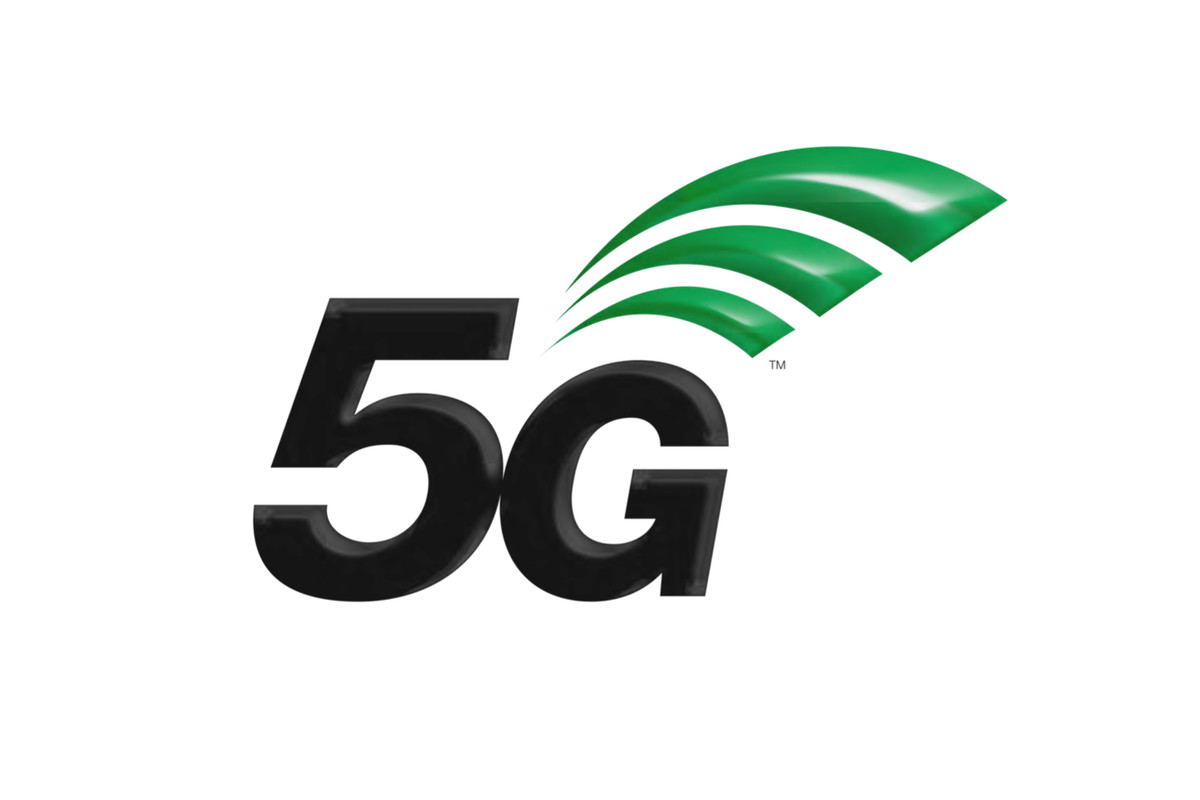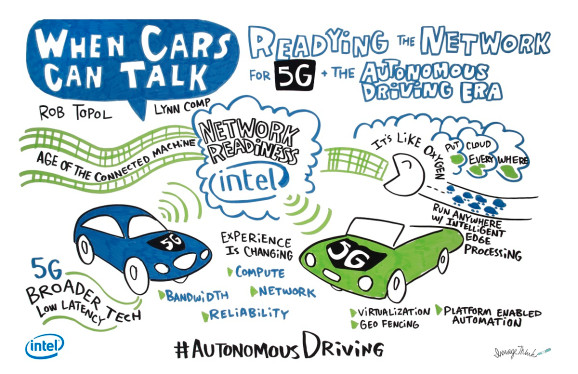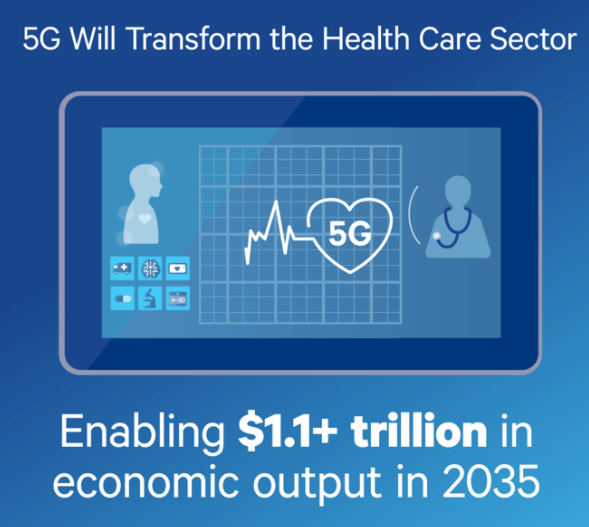5G is the next big thing in the telecommunications world and all the big players from infrastructure builders, to component and consumer product manufacturers to network operators are already laying out plans and even executing them all ready for the new network standard.

What is 5G?
Before explaining what 5G is, a short history class on network standards is necessary.
The first network standard or first generation wireless telephone technology referred to as 1G was introduced in 1981. It was later replaced by the 2G standard in 1992 which brought digital encryption, SMS, and data services.
3G was announced in 1998 but didn’t become commercial until 2001. It brought services like faster mobile internet access, video calls, and mobile TV. It was then followed by 4G in 2008 which later became mainstream in 2011/2012. 4G brought along mobile ultra-broadband access.
If you look at the dates, you will see that there is approximately 10 years between each mobile generation. 5G has been announced already and is expected to go mainstream by 2020/2021. It will operate on a much wider frequency than previous network standards and allow more devices to be connected to the internet.
There is no 5G standard yet but the GSMA has penned down 8 criteria that a network should meet to qualify to be referred to as 5G:
- One to 10Gbps connections to end points in the field
- One millisecond end-to-end round trip delay (low latency)
- 1000x bandwidth per unit area
- 10 to 100x number of connected devices
- (Perception of) 99.999 percent availability
- (Perception of) 100 percent coverage
- 90 percent reduction in network energy usage
- Up to ten-year battery life for low power, machine-type devices
5G Applications
Industries
While 4G and 3G have focused on devices with high data rates, 5G will address machine-to-machine communication. The deployment of 5G is expected to play a huge part in the next industrial revolution.
Factories of the future are expected to get smarter. Industries will be able to move from wired to wireless connections, thereby reducing cost of installations and flexibility of production processes.
Currently, the way machines used in factories are programmed doesn’t allow for much flexibility due to the use of wired networks. If you wanted to change a production process, it would require a lot of work, time and money.
In a case where several individual machines have to be re-programmed at a go, the total data required is large even though the update for each machine is small, and with wired connections, it is considerably slow.
With the use of 5G, it will be easier to update as the communication between machines is wireless and not wired and the latency is much more lower. Machines can be re-programmed on the go while being moved physically, thereby reducing production downtime.

Autonomous Driving
Self-driving cars are already getting popular and will continue to increase in number in the coming years. These cars need data to communicate and current LTE speeds are not fast enough. Therein comes 5G.
According to Rob Topol, the GM of Intel’s 5G business and technology, 5G wireless networking will be like “oxygen” for self-driving vehicles.
Sensors built into the cars will be able to transfer and receive data at speeds up to gigabits per second using 5G modems built by manufacturers such as Intel. That way important data such as weather reports and road conditions can be sent to the cars as quickly as possible. The advantage this brings is fewer accidents overall.
Virtual Reality
The key advantage of 5G is its low latency (network delay). This will come in handy for areas like Virtual Reality gaming, where latency can affect the outcome of a game. There is also the speed 5G brings to the table, allowing data to reach consumers faster.
E-health
Healthcare is one of the areas that will benefit most from 5G. Medical devices will become part of the Internet of Things (IoT) or rather, the Internet of Medical Things (IoMT), containing sensors that can receive and send data.
The advantage this brings is that patients will not need to physically check-in with doctors as diagnosis and treatment can be done remotely. This will help reduce the cost of healthcare especially for those who live far away.
Another advantage is that the connected medical devices which feed doctors with data about the patient can help with predictive analytics, resulting in early diagnoses.
The Internet of Medical Things is also expected to generate lots of revenue an create jobs for those in the manufacture of health wearables and health-monitoring devices.
However, these benefits will still need to be regulated by health bodies and agencies.
5G’s For The Mobile World
The big players for the mobile world is Qualcomm and Intel. Yes, Intel is back in the modem race as it announced its first 5G New Radio modem, the XMM 8060 a few days ago. Although this comes months after Qualcomm announced its own X50 modem, Intel may have snatched up a big customer in Apple.
Apple and Qualcomm are currently slugging it out in courts, so it comes as no surprise that it may want to switch to Intel for its modems.
Qualcomm on the other hand as lots of clients – its modems are used in most smartphones even those powered by other chipsets. There is also its partnership with Microsoft for the Windows 10 ARM PCs.
We are expecting the first Windows 10 ARM PCs to arrive this year. They will not only have Qualcomm’s Snapdragon 835 SoC but also its X16 LTE modem for connectivity. For the second gen PCs, expect them to come with the X50 5G modem.
Apart from super fast connectivity for mobile phones, another service 5G will bring is hologram video calls at least for Korean Telecom. Sadly, this is not Star Wars style hologram video calls as a display is still required but its different from current video calls.
READ MORE: GizmoChina Explains: How Does Facial Recognition Work?
Conclusion
5G does look promising most especially as its arrival will cut across several industries and not just the mobile world. However, we still have to wait a few more years before it goes mainstream.
We also hope that roll-out is way better than that of 4G which is still on-going in several countries.








